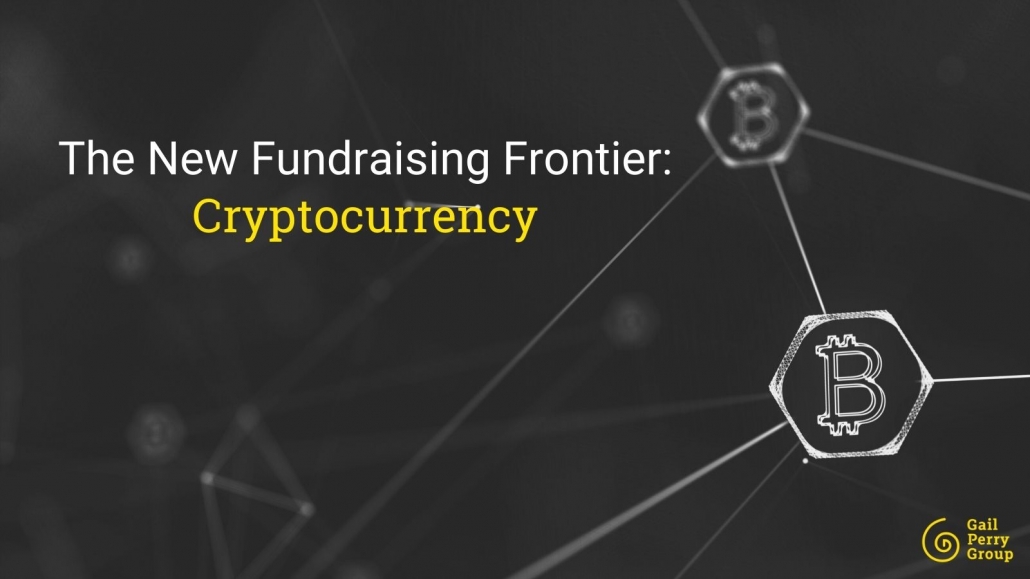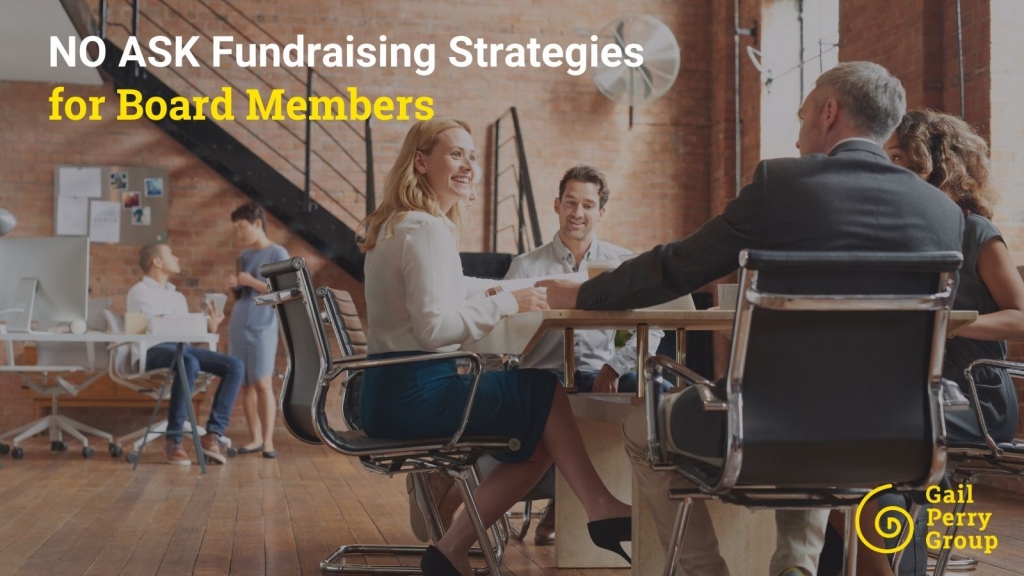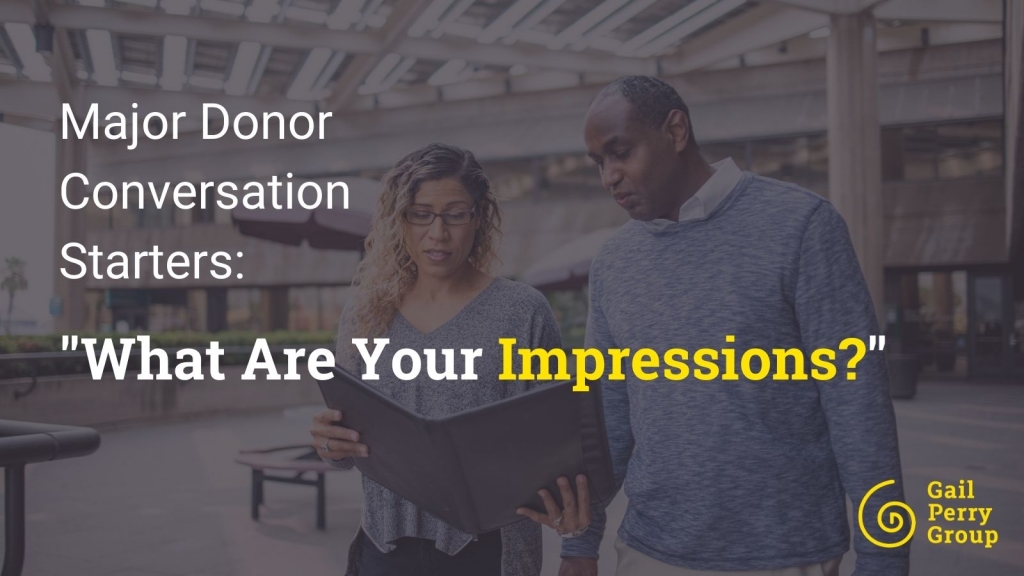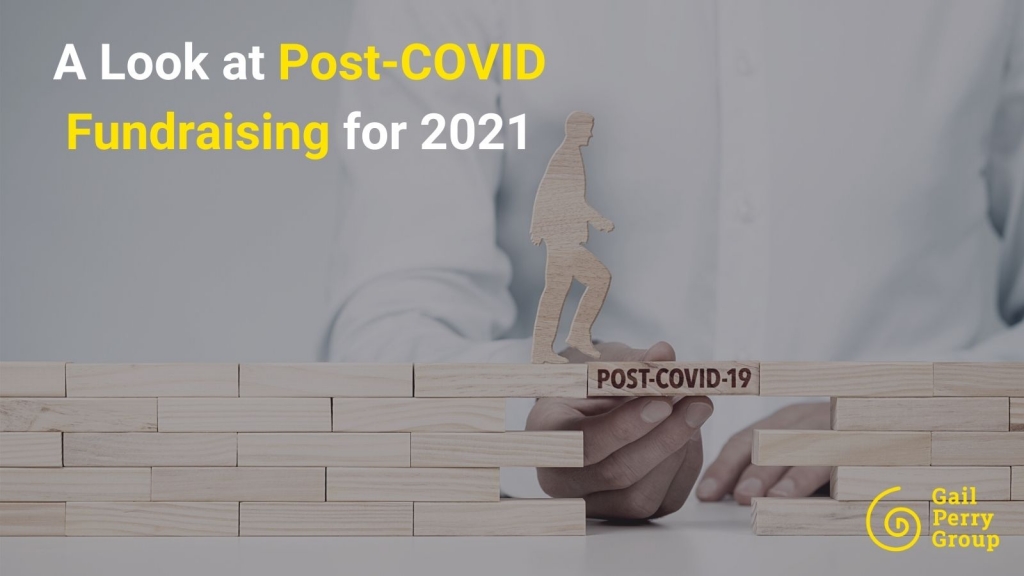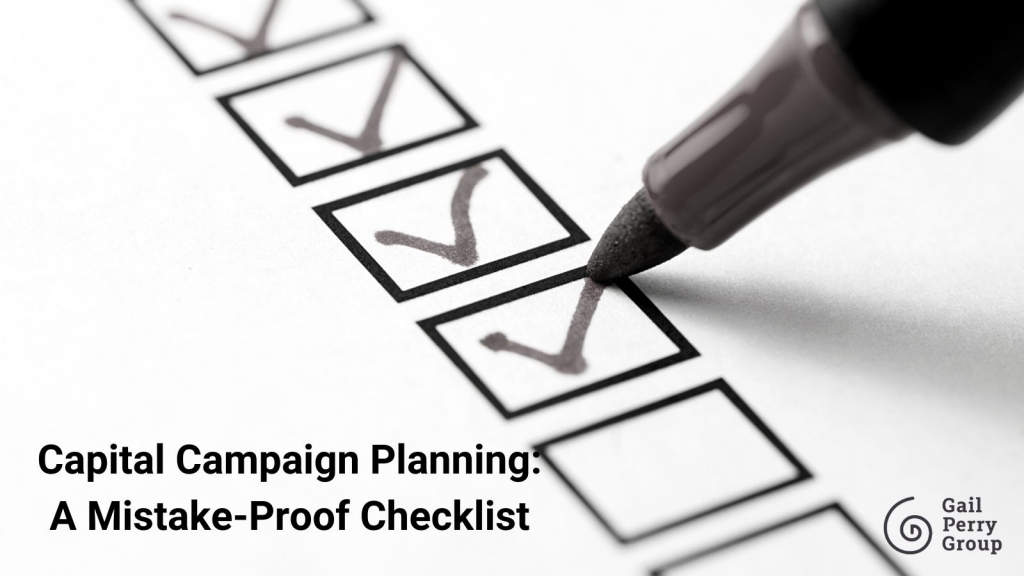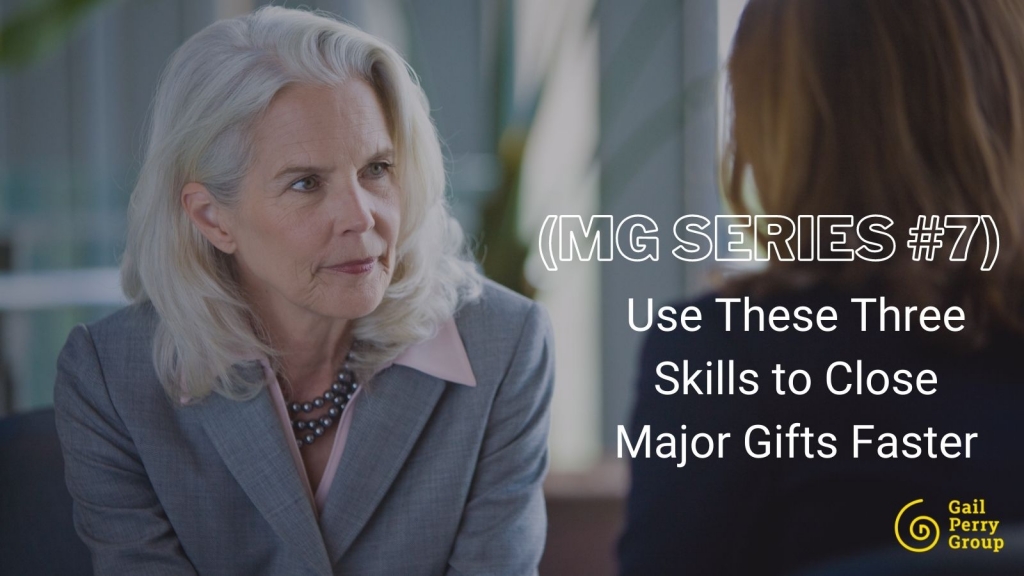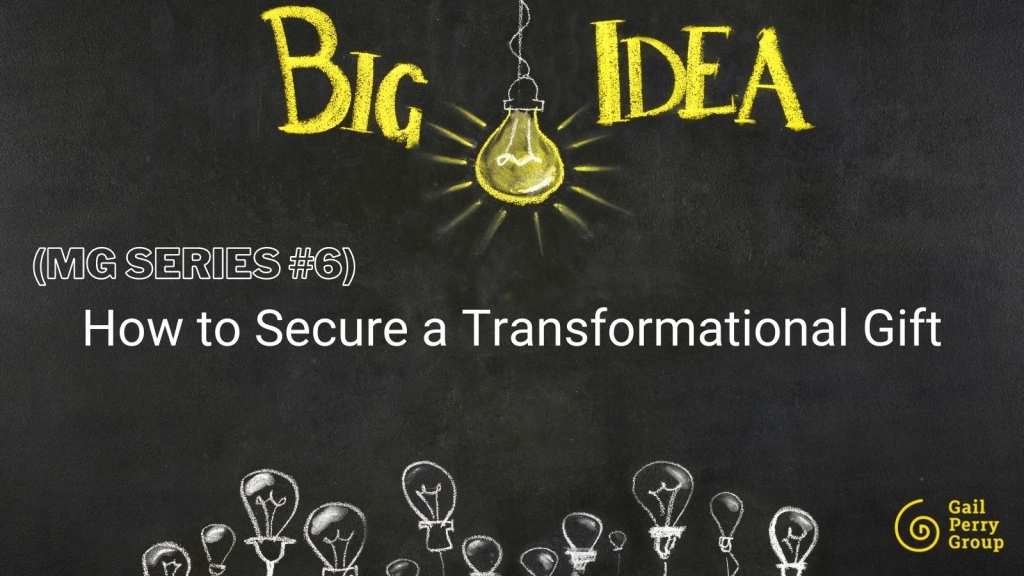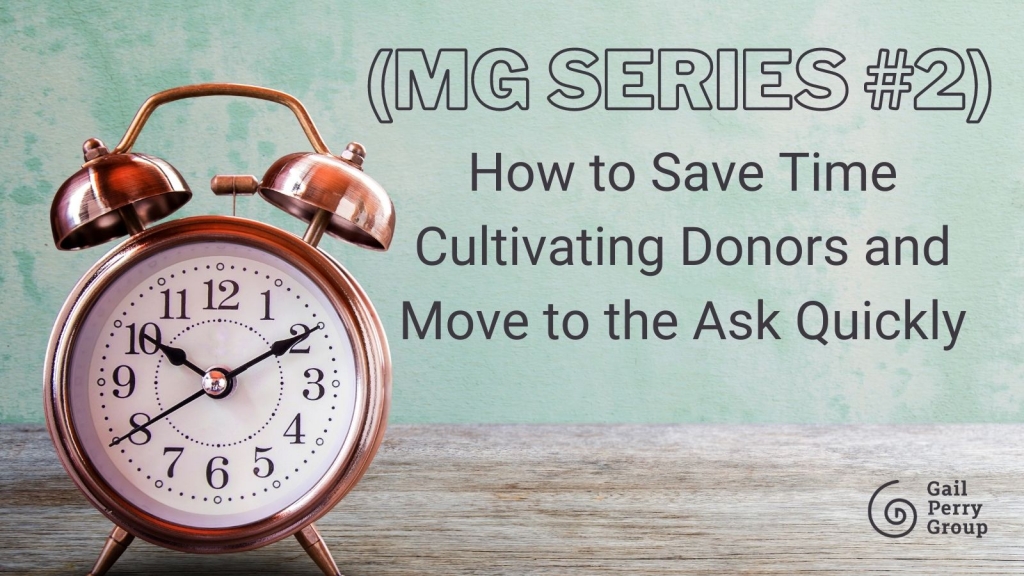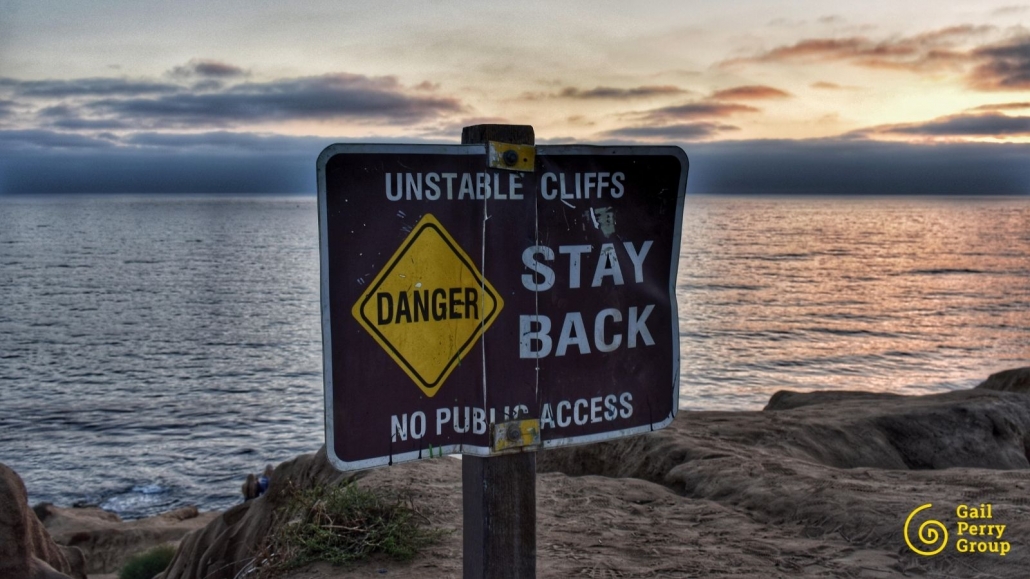
There is really nothing more painful than a capital campaign that loses its momentum. It’s a sad situation – the institution is out there in public with an important initiative, a very public goal, and major gifts designated toward the goal.
Yet the energy of the campaign has fizzled out. How will the organization go forward, when everyone is tired, no more donors are coming forward, and there’s little progress towards the goal?
It’s a very difficult situation to turn around because the energy and momentum are gone. The lead donors have been approached, but they made disappointing smaller gifts.
What now? Don’t let this happen to you and your campaign!
Here are three key reasons we see capital campaigns start to stall in mid-stream and lose momentum:
1. The rush to begin asking can hurt your campaign’s momentum.
We all know that the heavy lifting in a capital campaign starts at the very, very beginning. There’s much work to do long before we even think about asking for gifts.
The very first thing we do is evaluate our fundraising capacity – do we have the donor prospects to reach our hoped-for goal? We begin with a deep evaluation of our donor files to identify the most likely donors for the upcoming campaign.
In addition to researching our donor prospects, we prepare by enlisting important volunteers to help lead the campaign and provide credibility, stature and influence to our initiative. Another important early step is to test out our campaign case and proposed projects with potential donors to find out where they stand.
Smart organizations develop trusting relationships with a consulting firm, and initiate a feasibility study to find out how donors feel about our upcoming campaign.
All of these vitally important steps go into setting a winning campaign strategy.
When there is a rush to imply “get going,” and get some initial money in the door, then you are forced to skip over the most important strategic steps of all.
Takeaway: Lay the proper groundwork for your campaign and don’t lose momentum. Don’t let an eager board or CEO rush the campaign planning process. Rushing now will make everything take longer in the end.
2. The Board is not in full agreement about the campaign plan.
Occasionally, board members are not all aligned with the organization’s plan to expand, build or grow. Some board members who are not familiar with big ticket fundraising may stonewall because they do not understand the strategy, or may feel intimidated by the numbers.
In other cases, we’ve seen board members argue among themselves about the specific plan for expansion. It’s really impossible to gain momentum when part of your support team is dragging their feet.
When the board is not fully aligned, the division and discord is a huge distraction for already stressed staffers who are trying to move forward. This type of background chatter can make a campaign run aground, even before it starts.
Takeaway: Take the time to help your board come to agreement about the path forward.
3. Campaign prospects turn you down because they are not ready to discuss a gift.
Oh dear. You’re approaching major campaign prospects for 6 and 7 figure gifts – but they say they’re not ready to discuss a gift. Clearly this means that you are trying to move too quickly to the ask.
This is what happens when planning and preparation are rushed. Most donors have to be engaged and warmed up prior to a big ask. It’s so important to take the time to bring them into the campaign process and make them feel like insiders.
Even worse, if you are skipping the discovery and qualification process with your key donors, you could be shooting yourself in the foot. If you skip this basic donor research, you may even approach the wrong people – donors who simply are not that interested.
Moreover, when you ask for a gift too soon, you may even damage your relationship with your donor. You certainly don’t want them to feel this is an affront, which can happen if you try to rush them.
Take away: Take the time to cultivate your important lead donors – and don’t ask until they are ready.
Bottom Line: Create momentum in your campaign.
A smart consulting firm can help you lay the proper groundwork and set up your campaign to sail smoothly toward your goal.
We can help. Let us know if you’d like a free campaign strategy call – just send an email to coaching@gailperry.com with the subject line “Strategy Call.”
